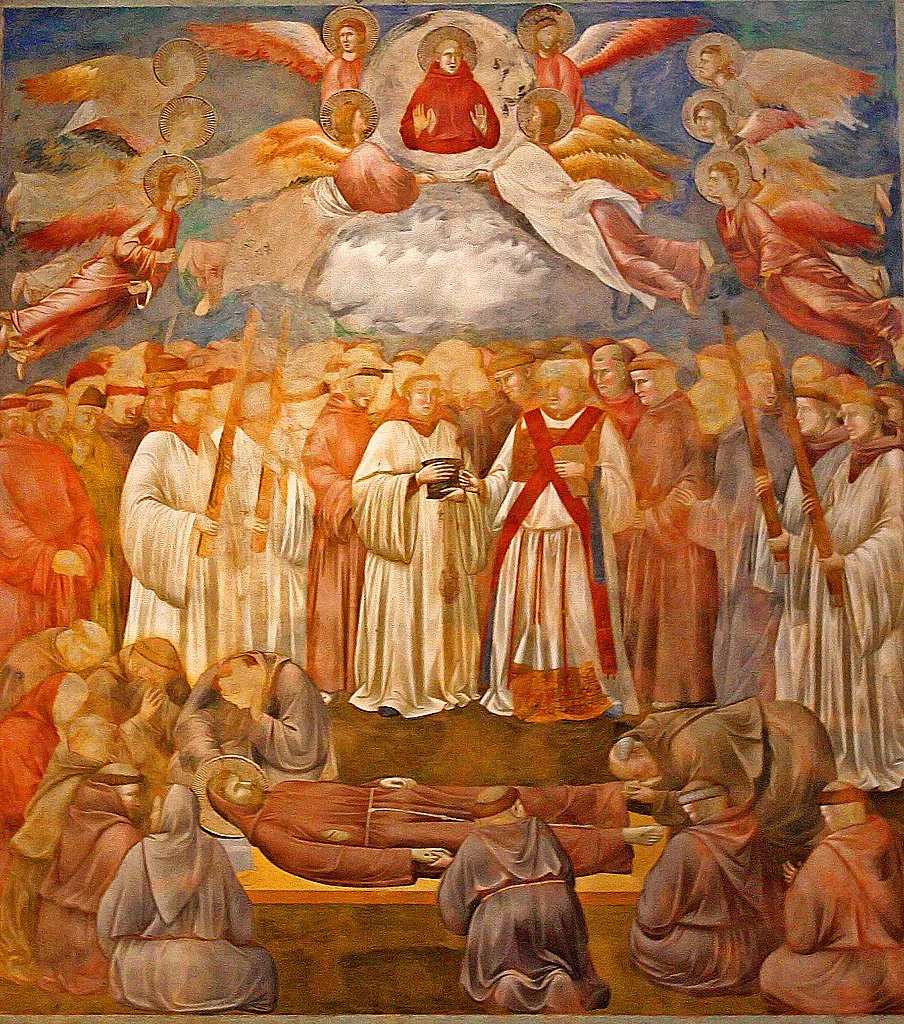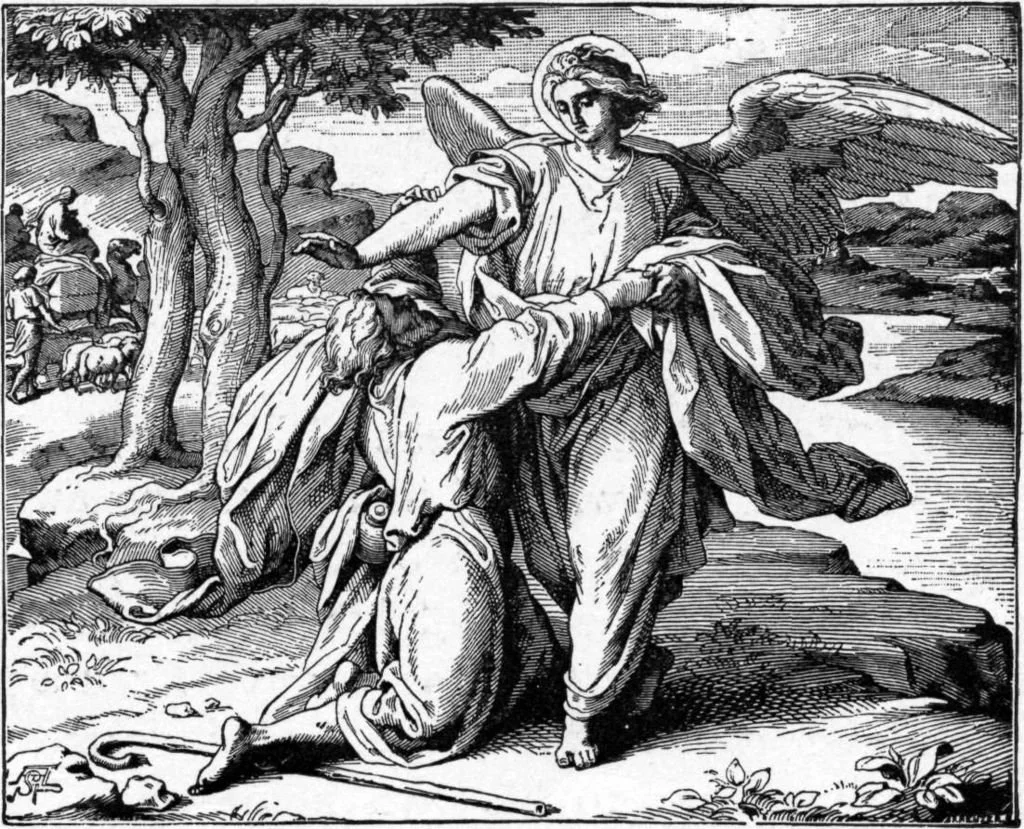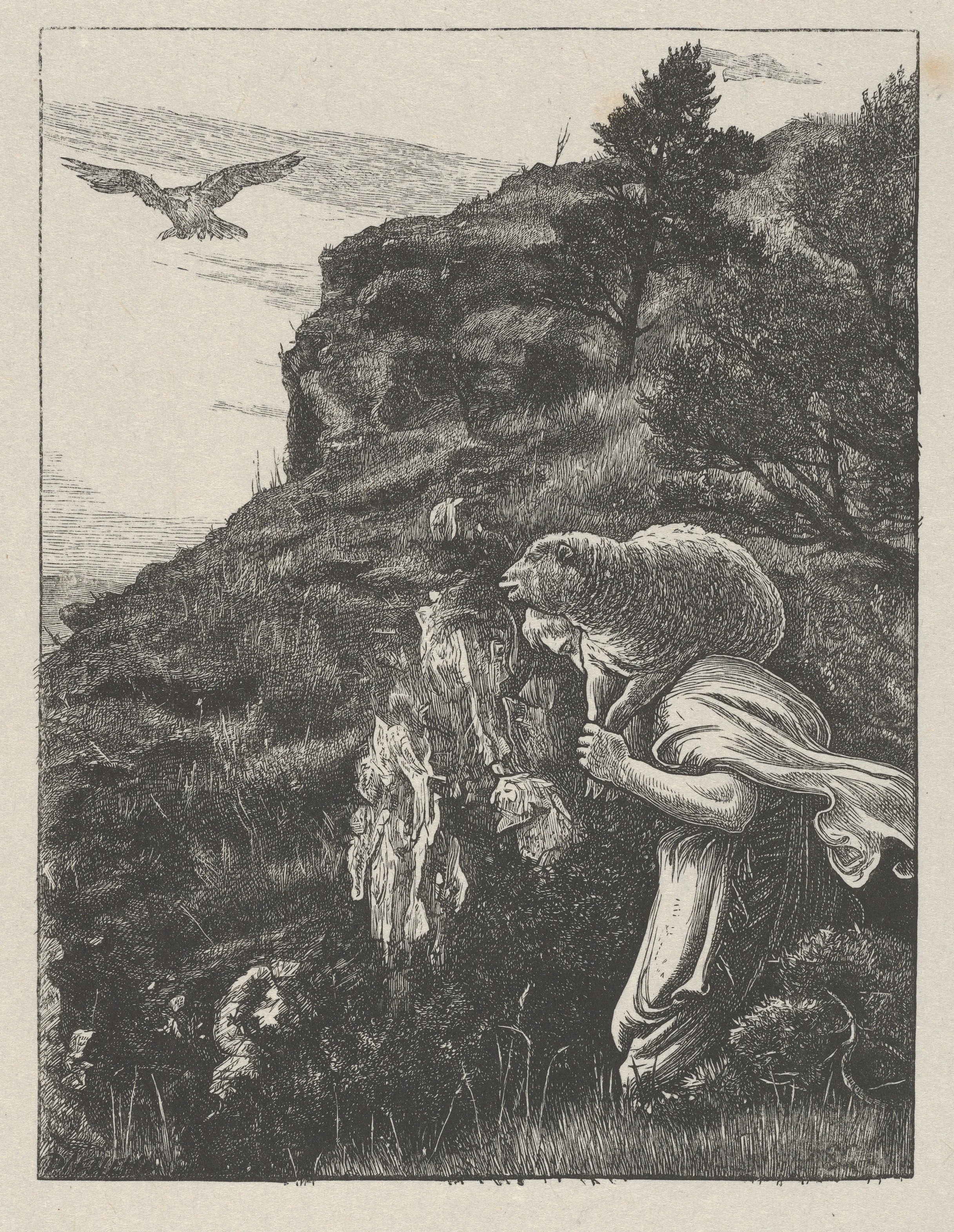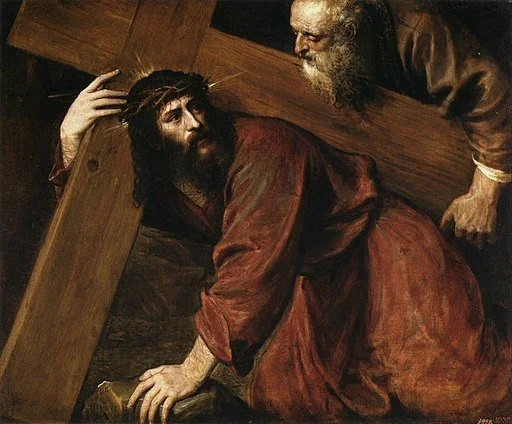Jesus speaks of wars, tumults, earthquakes, and diseases as well as persecutions for his followers. All of these things are what has been taking place since his death and resurrection throughout the world around us. What are we to make of that? How should we live in the midst of these things around us? What is our anchor into the future renewal of all things and how does knowing of the future return of Jesus and the resurrection affect us in the here and now?
Image: A bear has overturned a beehive and is attacked by bees, etching by J. Kirk after F.Barlow for a fable by Aesop, public domain. Image Location: https://wellcomecollection.org/works/b43wpm8n/images?id=aa6gc5ct




















